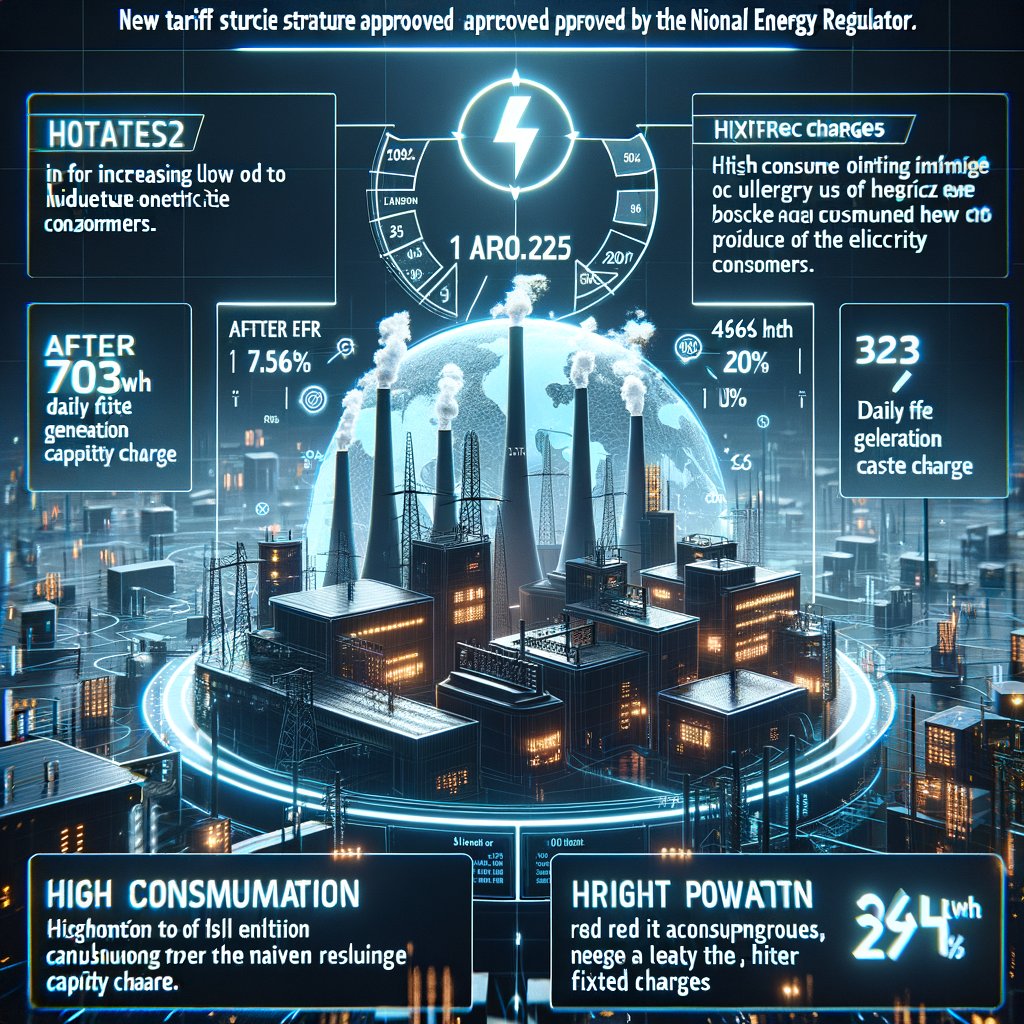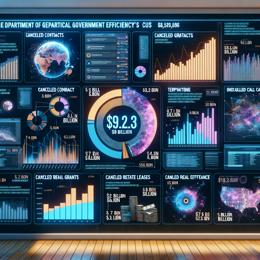Image created by AI
NERSA Approves New Tariff Structure, Paving Way for Electricity Price Changes in South Africa
In a significant move that will impact millions of South African households, the National Energy Regulator of South Africa (NERSA) has approved a new tariff structure under Eskom's Retail Tariff Plan (RTP). Starting 1 April 2025, this decision is set to increase the financial load on low to moderate electricity consumers due to a hike in fixed charges. Conversely, households with consumption above the average level are expected to enjoy reduced electricity costs.
The adjustments follow Eskom’s push for "cost-reflective" tariffs, aiming for sustainable energy pricing. Among these changes, the introduction of a daily fixed Generation Capacity Charge (GCC), levied per day and per point of delivery, stands out. However, NERSA moderated Eskom's proposal by slashing this charge to 20% of its initial level in the first year and 30% in the subsequent two years, aiming to cushion the financial impact on below-average electricity users.
The rationalization behind the approved increments revolves around ensuring minimal initial impact on consumers with low usage, with planned incremental increases tied to inflation rates over the following years. Yet, this decision comes alongside the abolishment of the Inclining Block Tariff (IBT) structure, which may shift the cost burden differently across various user groups.
For Homepower and Homeflex customers, a new monthly service and admin charge of R261.60 has been introduced, set to be rolled out in phases over three years. According to analyses, households on the most common Homepower 4 tariff would need to consume at least 764kWh per month to counterbalance the higher fixed charge through lower energy costs, posing a challenge for lower consumption brackets. Furthermore, despite claims of lowered costs for "average" users, there's been no clear disclosure from Eskom on how these averages are calculated, leading to some skepticism around the purported benefits.
This restructuring of tariffs by NERSA marks a pivotal shift in how electricity costs are calculated and assigned across different consumer categories in South Africa. With the challenges of energy supply and economic variability, these changes are crucial for the long-term sustainability of the power sector but also prompt a need for clear communication and transparency to ensure public trust and understanding.
As we approach the implementation date, consumers are advised to stay informed about how these changes could affect their electricity bills and consider ways to manage consumption efficiently.










